Protecting Commercial Trees From Winter Storm Damage
Winter storms can do real damage to commercial landscapes, especially trees that haven't been prepared ahead of time. High winds, freezing rain, and snow buildup can all put a lot of pressure on trunks and limbs. Left unchecked, that damage can lead to safety concerns, property issues, and expensive clean-up after the season ends. Taking proactive steps before the cold hits can make all the difference.
Business owners often worry about liabilities tied to fallen branches, tree collapse, or blocked walkways. Even a healthy-looking tree can become a problem if it's not maintained correctly. That's why making a plan to get your commercial trees ready for winter should be on every property manager's fall checklist. Early care leads to less emergency work when the weather turns rough.
Assessing Tree Health Before Winter
Before trying to predict how trees might handle a storm, it's smart to know where they currently stand. Not every issue shows up at a glance, but a professional eye can spot warning signs that might otherwise get missed. Weak spots, dead limbs, and signs of rot or infection are all reasons to plan maintenance soon, especially in late fall when time runs short before storms move in.
Certain signs tend to show up in trees that are more likely to fail during winter weather. Here are a few things to check for:
- Dead branches that snap easily or lack leaves altogether
- Cracks or splits around the trunk or major limbs
- Mushrooms or fungal growth around the base, which can signal decay
- Tree lean or soil uplift around the roots
- Unusual swelling or holes in the bark
- Signs of insect activity or past storm damage
One example of why early inspection matters: a retail landlord delayed a tree review, assuming the trees surrounding the sidewalk were fine. After the first heavy snowfall, a cracked branch gave way, damaging a handrail and blocking the path. A quick look in advance could have revealed the weakness and prevented the mess.
A certified arborist makes physical inspections a lot more thorough. They know what types of trees are most at risk in your particular landscape, what structural issues may develop over time, and how to handle them early. Getting ahead of issues rather than reacting after damage happens can save both time and money as winter sets in.
Pruning and Trimming Techniques
Smart pruning headed into winter is one of the most effective steps in preventing winter damage. Trees that carry unnecessary or poorly placed weight are more likely to snap or suffer stress under snow or ice. Trimming clears the way for trees to hold up during storms, reducing wind resistance while also improving airflow and sunlight exposure for healthy growth later.
Fall is a good time to get this work done, especially once trees have dropped their leaves. Bare branches make it easier to spot structural issues and deadwood. Better visibility means safer and more effective trimming. It's particularly helpful for trees near parking areas, walkways, or buildings where falling limbs can cause bigger problems.
When trimming commercial trees before winter:
- Focus on removing dead, dying, or crossing branches
- Cut branches hanging over roofs, sidewalks, or entryways
- Thin out crowded canopies without over-trimming
- Leave enough time before the first snowstorm for wounds to begin healing
- Avoid topping trees, which weakens their structure
Proper pruning isn't just about looks. It sets your trees up for long-term strength while reducing the risk of emergency removals during a bad storm. Safe, steady maintenance like this helps keep both trees and people out of harm's way through the coldest parts of the year.
Implementing Support Systems
Some trees might look strong, but when pushed by ice or wind, they can quickly show their weak points. That's where support systems come into play. Cabling and bracing offer trees the extra help they need to stay upright and intact when things get rough. These systems work by redistributing weight and improving stability in key areas prone to snapping or falling.
Tree cabling typically involves attaching flexible steel cables between major branches to reduce movement. Bracing, on the other hand, uses rods or bolts to strengthen weak joints or splits in the trunk. Together, these efforts help trees stand up to the extra stress placed on them by snow and ice.
Support systems matter most in specific situations:
- Trees with long, heavy limbs that extend horizontally
- Older trees with a history of branch failure
- Multi-trunk trees where connections between stems seem weak
- Trees with visible cracks or past damage in major joints
- High-value trees located near walkways or buildings
Installing support equipment isn't something you just do and forget. These systems need regular inspections to make sure they're holding up and not causing additional stress. When used correctly, cabling and bracing can buy time, sometimes years, for a tree that might otherwise require removal.
One good example is a large elm near a shopping plaza's front entrance. It had beautiful canopy coverage but had started showing signs of joint weakness in its multiple trunks. Instead of removing it right away, a bracing system was added to hold the structure together during the heavy snow months. That gave the property manager time to plan next steps without rushing into a costly or sudden removal.
Mulch and Soil Care
It's easy to forget how much good soil and mulch do when it comes to commercial tree care. In the winter, these two elements help protect tree roots, which are just as important as the branches you see above ground. Cold snaps and quick thaws can be rough on root systems, but with the right prep, your trees have a better chance at staying healthy through it all.
Start with mulching. Adding a thick layer around the base of the tree helps hold in soil warmth and slows down moisture loss. Mulch also cuts down on harsh temperature swings that can shock fine roots and cause long-term damage. But keep it clean. Avoid piling mulch directly against the trunk, which can lead to rot or attract pests.
Here's how to lay mulch correctly:
- Aim for 2 to 4 inches of mulch in a donut shape around the tree
- Keep a gap of a few inches between the mulch and the trunk
- Extend the mulch ring to the tree's drip line when possible
- Use organic mulch like wood chips or shredded bark
Soil health is another big part of winter tree survival. Compacted or nutrient-poor soil can stress the tree even more when winter hits. Fall is a good time to test the soil around your trees and make decisions about fertilizing or improving drainage, especially if you've dealt with standing water or leaf mold buildup in previous seasons.
In high-traffic areas like parking lot islands or sidewalk planters, soil can get worn down or compacted. Taking time to break up hard soil or add natural compost before the freeze helps roots start spring off with better energy.
Plan for Regular Maintenance
One of the best ways to keep commercial trees weather-ready is by building maintenance into your yearly plan. Trimming in the fall and inspecting in the spring are just parts of a bigger cycle that protects your landscape for the long haul.
Instead of waiting until a storm hits to make changes, having a seasonal routine in place means your trees are always on track. This approach helps catch small issues before they grow into problems and avoids the scramble that comes with last-minute fixes.
Set regular check-ins to stay ahead:
1. Pre-fall inspection to plan pruning and spot weak limbs
2. Late fall trimming to prep for snow and ice
3. Mid-winter checks after snowfall for visible damage or leaning
4. Early spring review to guide recovery and growth care
Documenting what's done each season is helpful too. Keeping records of trimming dates, cabling installs, or soil updates helps track tree health over time. That type of consistency also helps when managing large properties with many trees in different locations.
Keeping commercial trees strong through winter doesn't mean doing everything at once. It means staying ahead of changes and making mindful updates throughout the year.
Protecting Your Business Through Smart Tree Preparation
Snow and freezing rain don't just stress trees, they slow down business. If entrances are blocked, sidewalks are dangerous, or branches are down, it makes a big impact on staff, customers, and daily operations. Trees that aren't ready for winter can lead to surprises no one wants to deal with when temperatures drop.
Planning ahead cuts down on those risks. By trimming, checking supports, improving soil, and setting a schedule before snow hits, you put yourself in a better position to keep things running. Healthy trees are less likely to fail, and that makes your property safer and more reliable in the months ahead.
Winter doesn't wait, and neither should your tree prep. Getting ahead of damage helps reduce costs, cuts back on problems, and keeps your grounds looking clean and professional. A few smart steps today can save you time and hassle all season long.
Prepare your business landscape for winter’s toughest challenges with professional
commercial tree care from Tree Experts, LLC. Our proactive approach ensures your trees are safeguarded against harsh weather conditions, minimizing risks and maintaining a professional appearance. Trust our team to implement effective strategies now, so your property stays safe and operational all winter long. Reach out to Tree Experts, LLC today and let us support your business with tailored solutions that meet your unique needs.

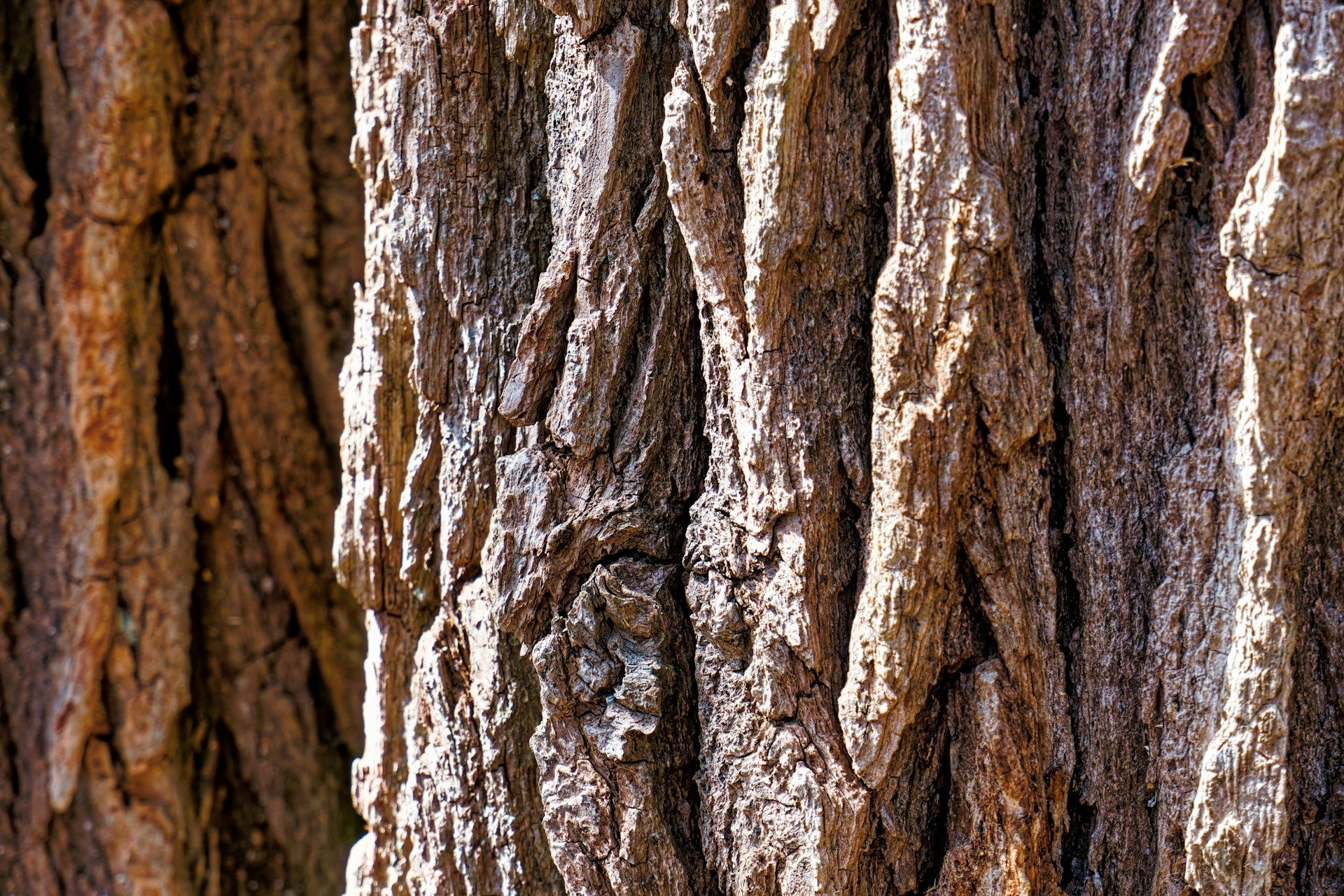
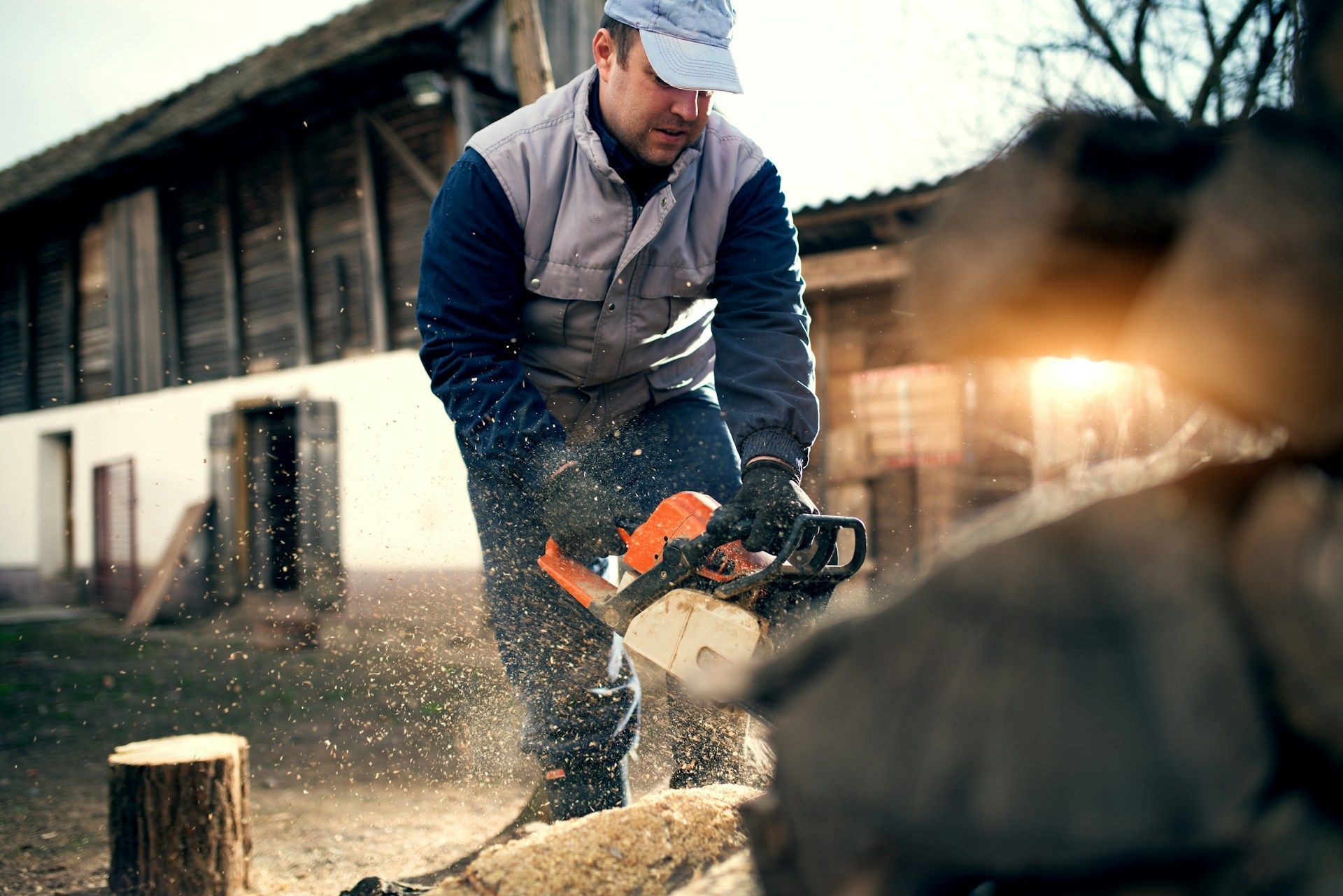

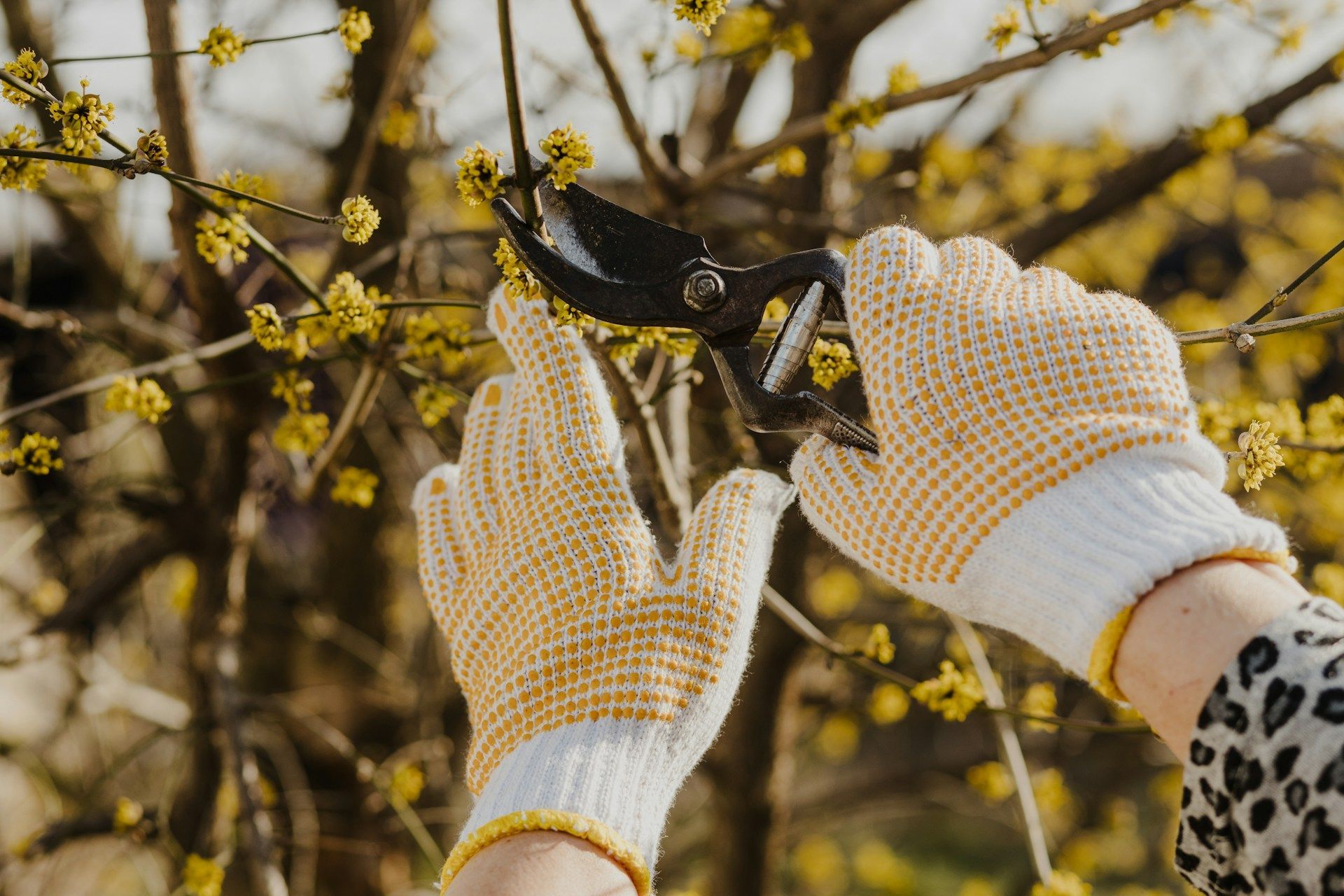

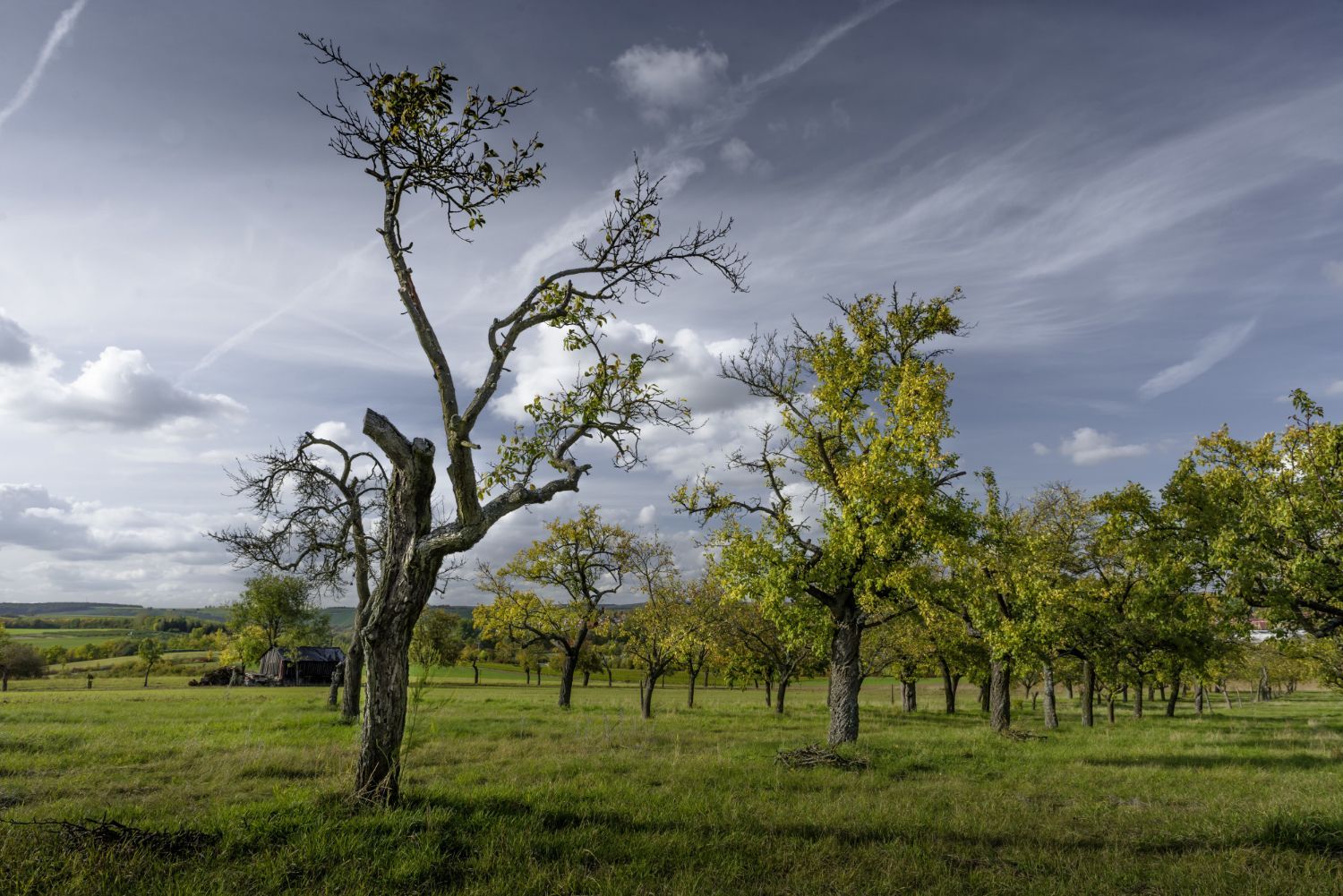
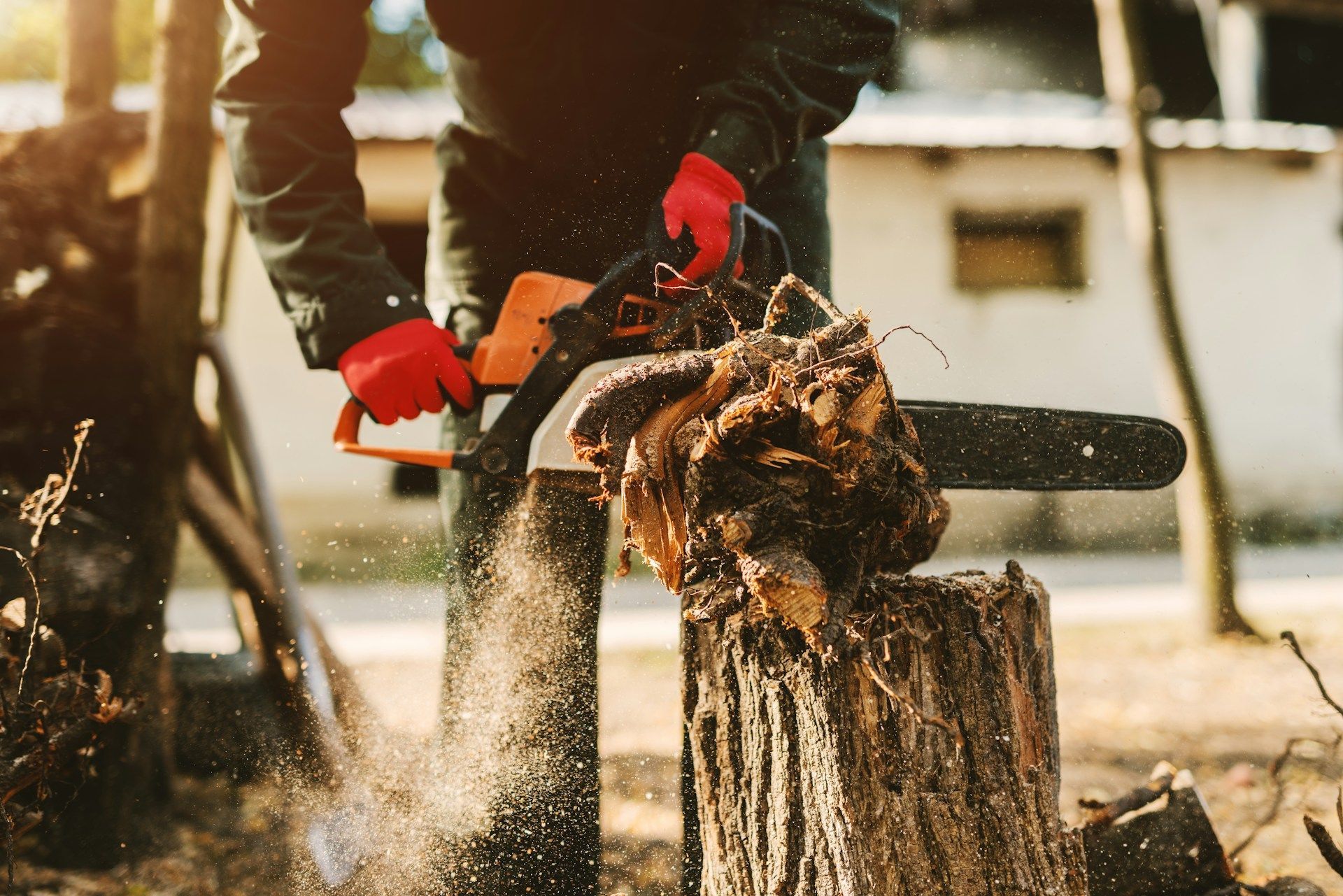

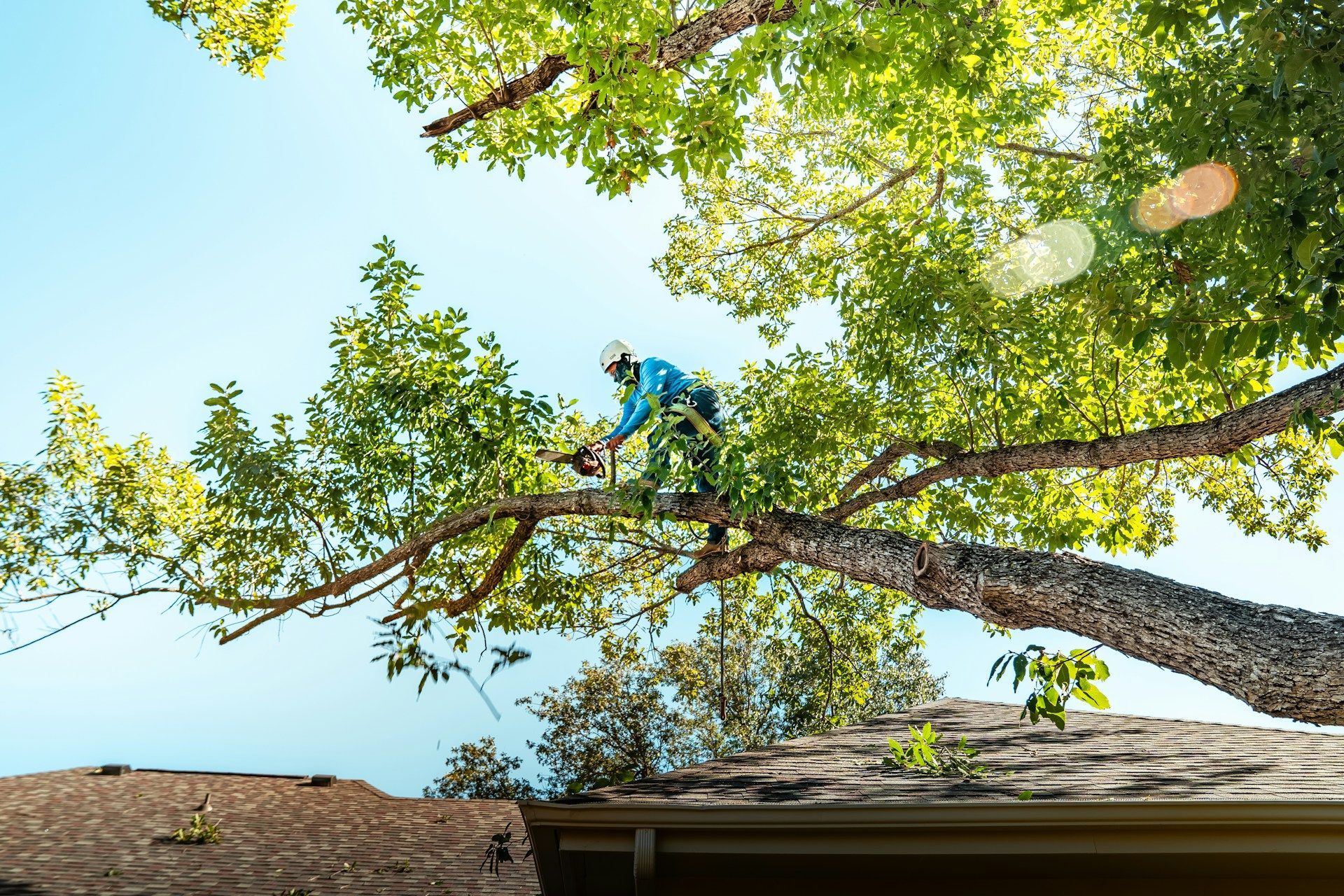
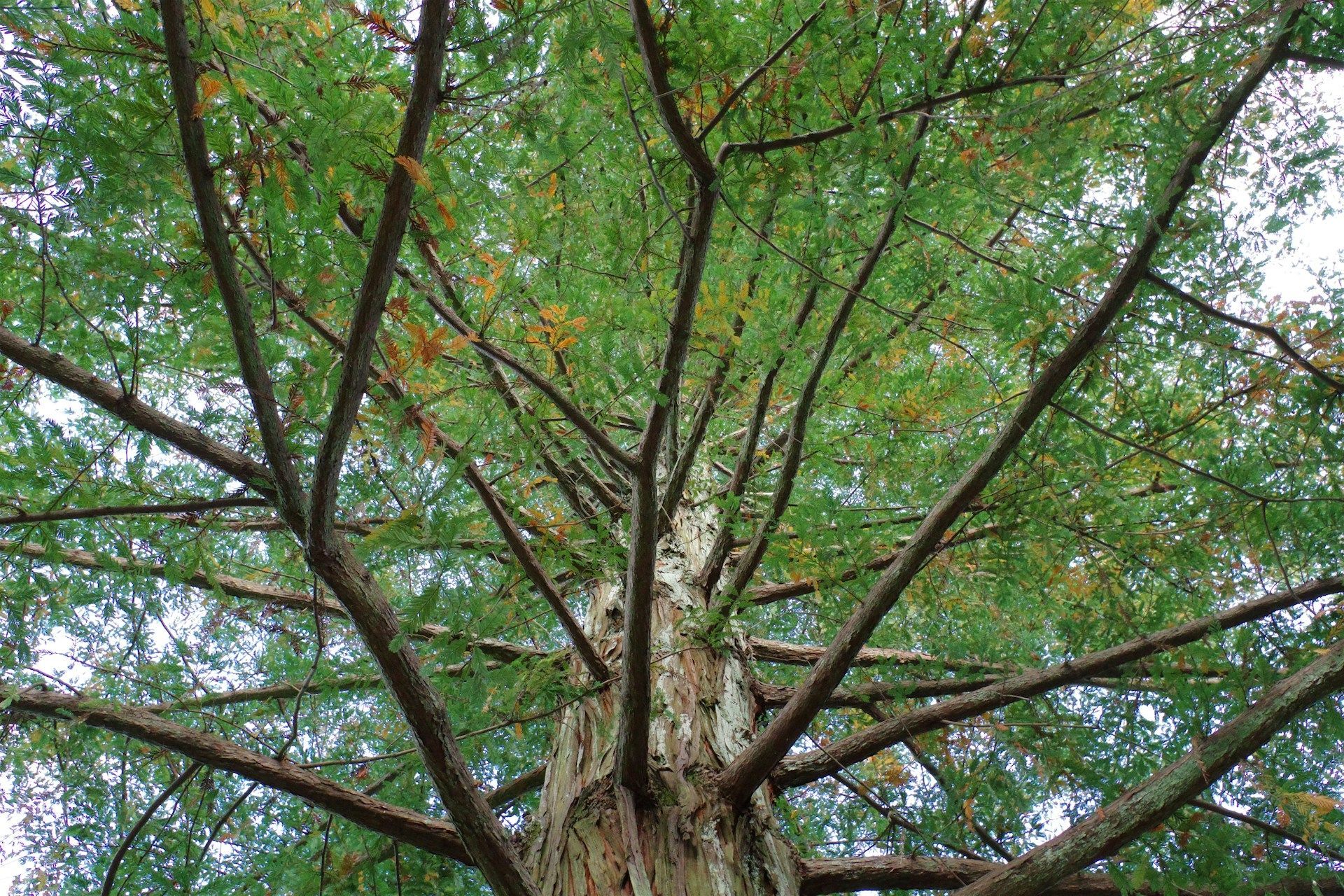
Share On: